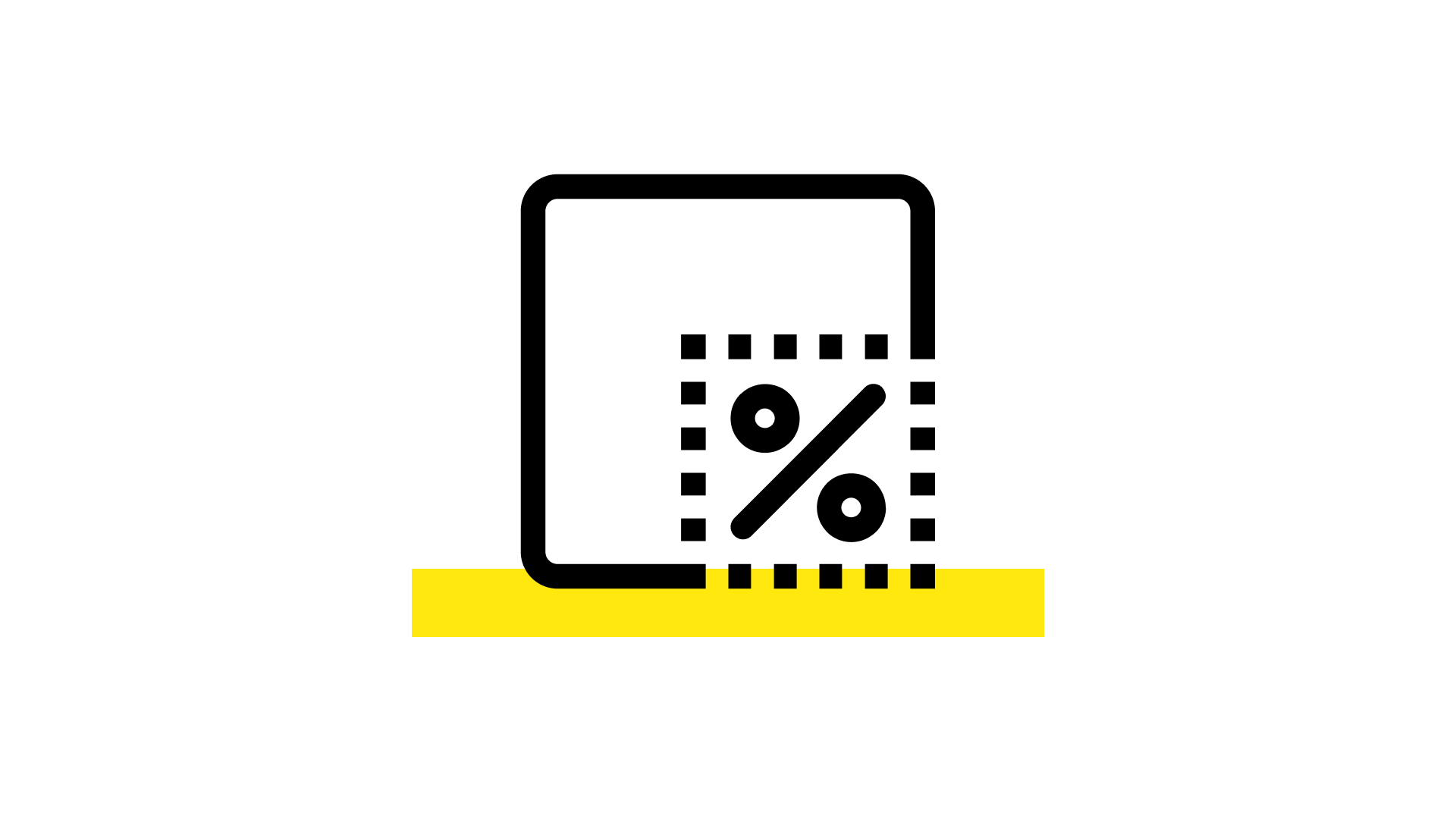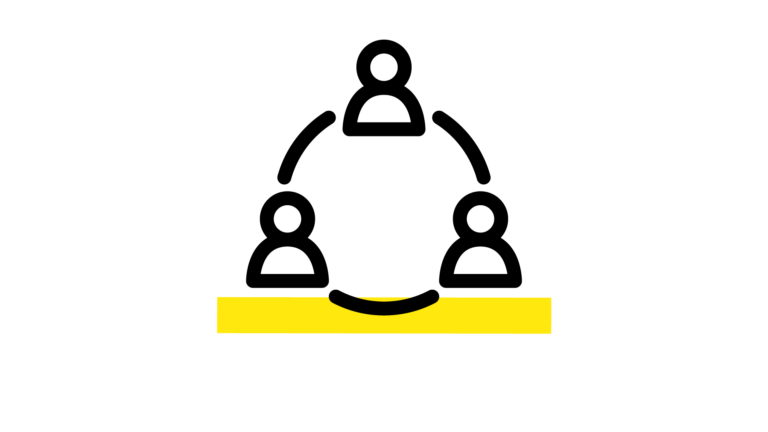
A Small Self-Administered Scheme (SSAS) is a type of occupational pension available to limited companies or partnerships in the UK.
A SSAS pension is taken out and managed independently by company directors (who have control over how the fund is invested) to fund their retirement. One common choice for using the SSAS is investing in commercial property (such as their own office), though there are many other options available. The benefits of an SSAS can be provided to not only directors, but senior staff, and sometimes family members, too.
The number of members in an SSAS is limited to eleven, making their use more common in family-run businesses.
An SSAS must be registered with HMRC and gets all the usual tax reliefs, including tax-deductible contributions, no income tax charge on allowable investments, no Capital Gains Tax on disposal of investments, a tax-free lump sum on retirement, and tax-free death benefits as a pension or a lump sum on death before age 75.

The tax benefits of an SSAS are the same as other occupational pension schemes. Member contributions from basic rate taxpayers will receive a 25% tax top up, while contributions from higher rate taxpayers can claim additional relief on their tax return.
In addition to this, if you use your SSAS to purchase a commercial property, it will be exempt from Capital Gains Tax in the final sale.

No pension provider is involved, meaning you and your business save on annual pension management and administration fees.

SSAS pensions are often referred to as ‘the family pension’ because family members who are not employees can join the scheme. In addition to this, assets can be held in trust (with benefits paid to families) even after the original members have passed away.

There are several ways to invest your SSAS pension funds. And, with flexibility and control, the choice of how to invest is yours.
These options include corporate bonds, commercial property, stock and shares, and unit trusts.

Just like any other pension investment, Small Self-Administered Schemes (SSAS) carry risk. The level of this risk will depend on how it is invested. Members of the SSAS are responsible for meeting legal obligations in their role as trustees.
Before setting up an SSAS, it is important that you discuss these risks with a Certified Financial Planner .
Members of the SSAS are appointed as trustees and have control and flexibility over the assets and pension investments. If all members are trustees, the SSAS scheme benefits from many exemptions from the pension legislation of other pension schemes, allowing greater investment opportunities and fewer administrative requirements.
If we conclude that a SSAS is appropriate for you, we may then consider the ways in which your fund can be invested. This includes opportunities like buying commercial property.
As a member of the SSAS pension, you may start withdrawing from the fund at 55 years of age (though this increases to 57 in 2028). You can choose to either take the first 25% of your pot as a tax-free lump sum or receive 25% of each withdrawal tax-free.
How much can I contribute to an SSAS?The annual allowance of SSAS contributions is 100% of each scheme member’s salary (with a maximum of £60,000) .
What happens to my SSAS if I die?If you die before the age of 75, any remaining pension savings in your SSAS can usually be paid as a lump sum, or as a pension, to your beneficiaries. Contributions made to the SSAS two years prior to your death may be liable for Inheritance Tax (IHT). This is to reduce the estate of the given SSAS member.
How long does it take to set up an SSAS pension?The answer is different for everyone. Though it is important to remember that setting up an SSAS will depend on HMRC gathering information on the SSAS itself and the sponsoring company.
Can I transfer my SSAS pension?If the scheme is registered with HMRC, you can transfer between any UK pension. This includes transferring a SIPP into a SSAS and a SSAS into a SIPP.
What are the disadvantages of a SSAS pension?Always speak with a Financial Planner before setting up a SSAS.
What’s the difference between a SSAS pension and a SIPP?There are several key differences between the two, including but not limited to:
It usually works both ways. SSASs will usually accept a transfer from another pension. And you can usually transfer the value of your SSAS to another pension, too.
What are the costs related to a SSAS Pension?When using a SSAS pension, you are likely to come across the following costs:
Depends what SSAS provider you use – some will charge an upfront and ongoing fee, while others may take a different approach. Therefore, the provider you choose and the fees you pay will be dependent on the complexity of your case.
How do I set up a SASS pension?Generally, setting up a SSAS pension looks like:
The best way to set up a SSAS pension is with the support of a Financial Planner.